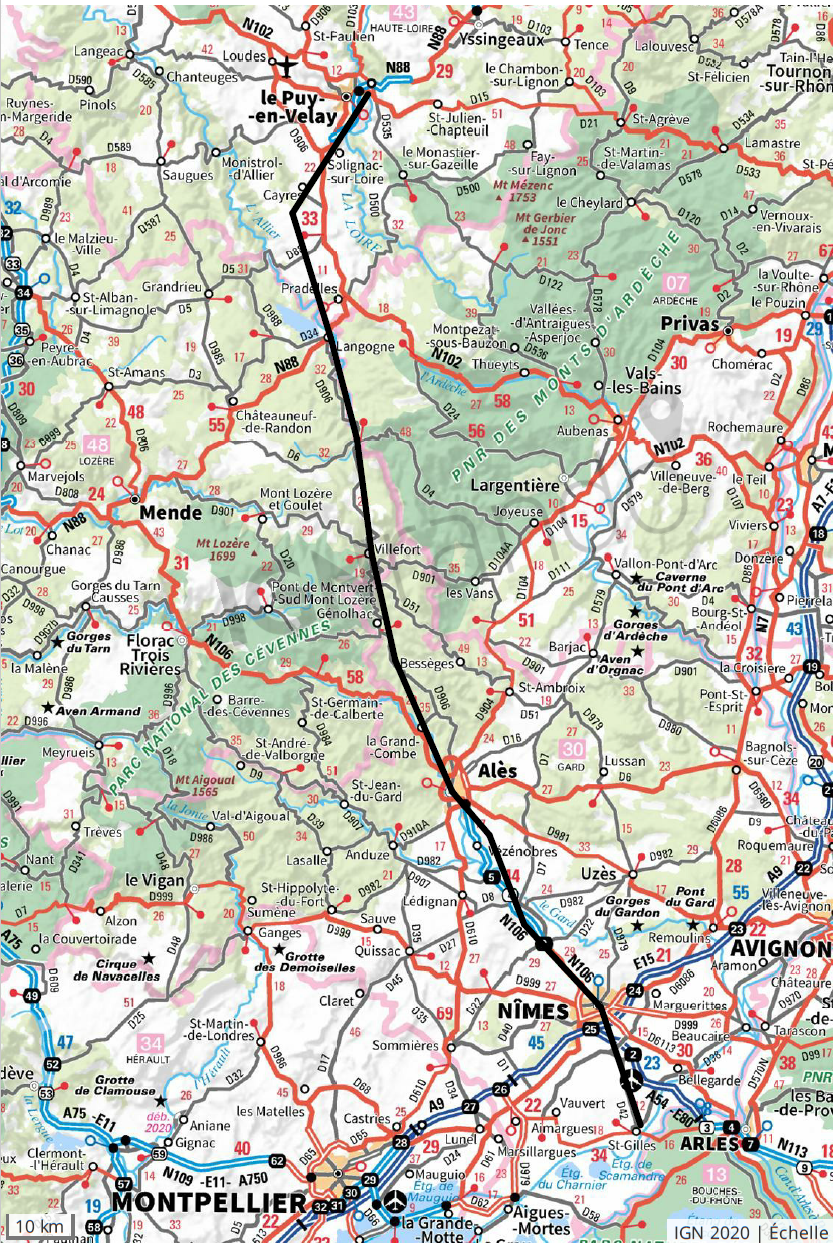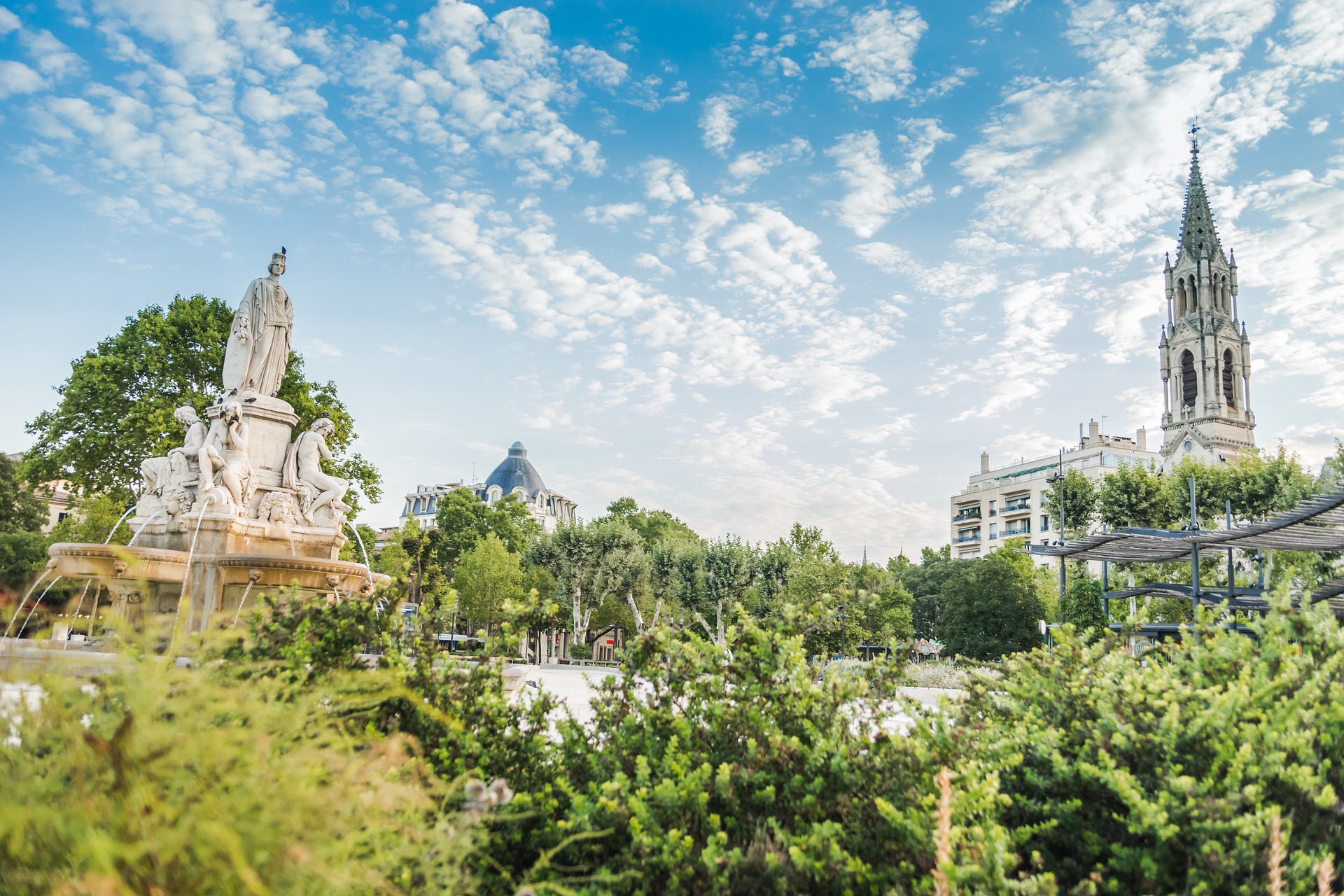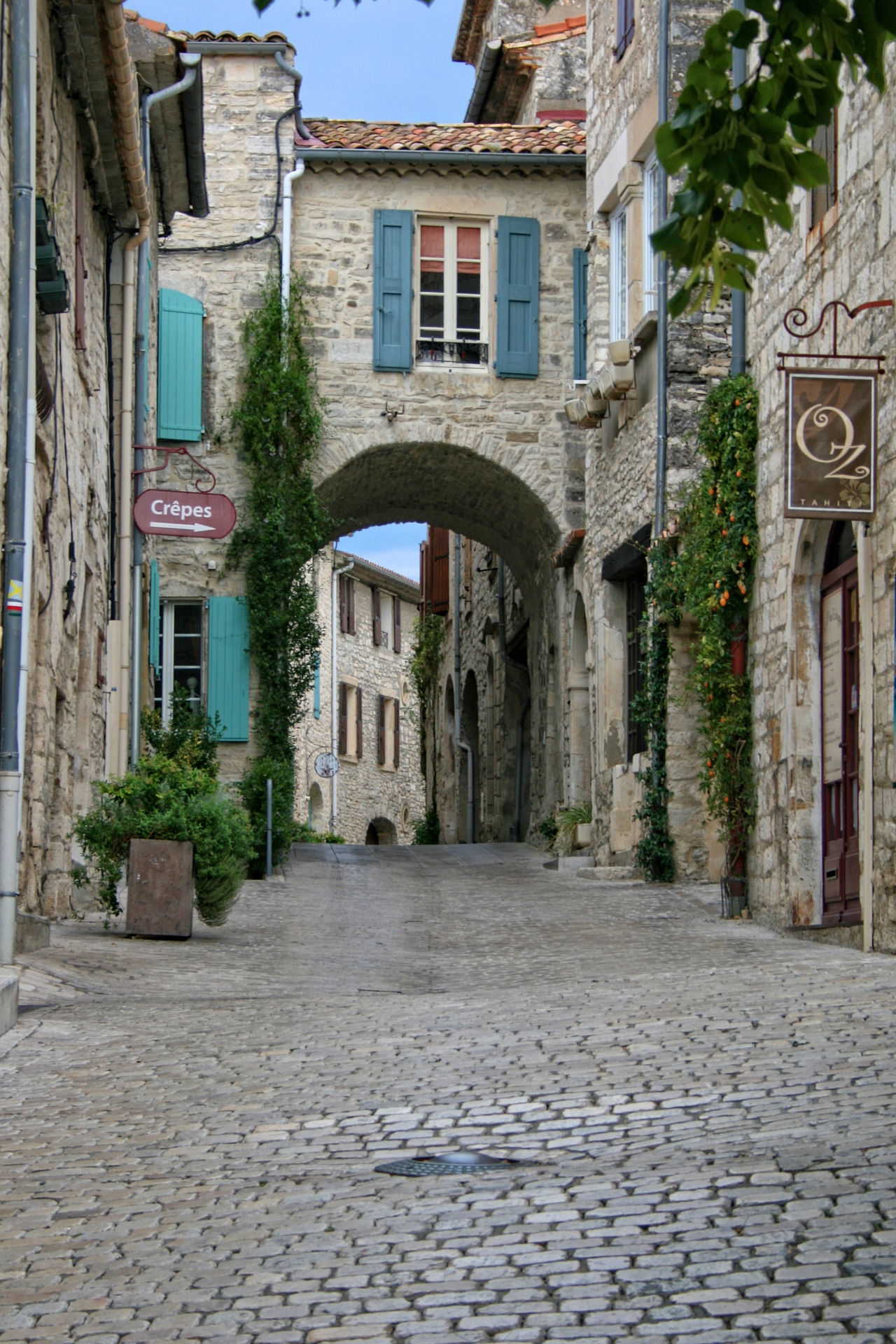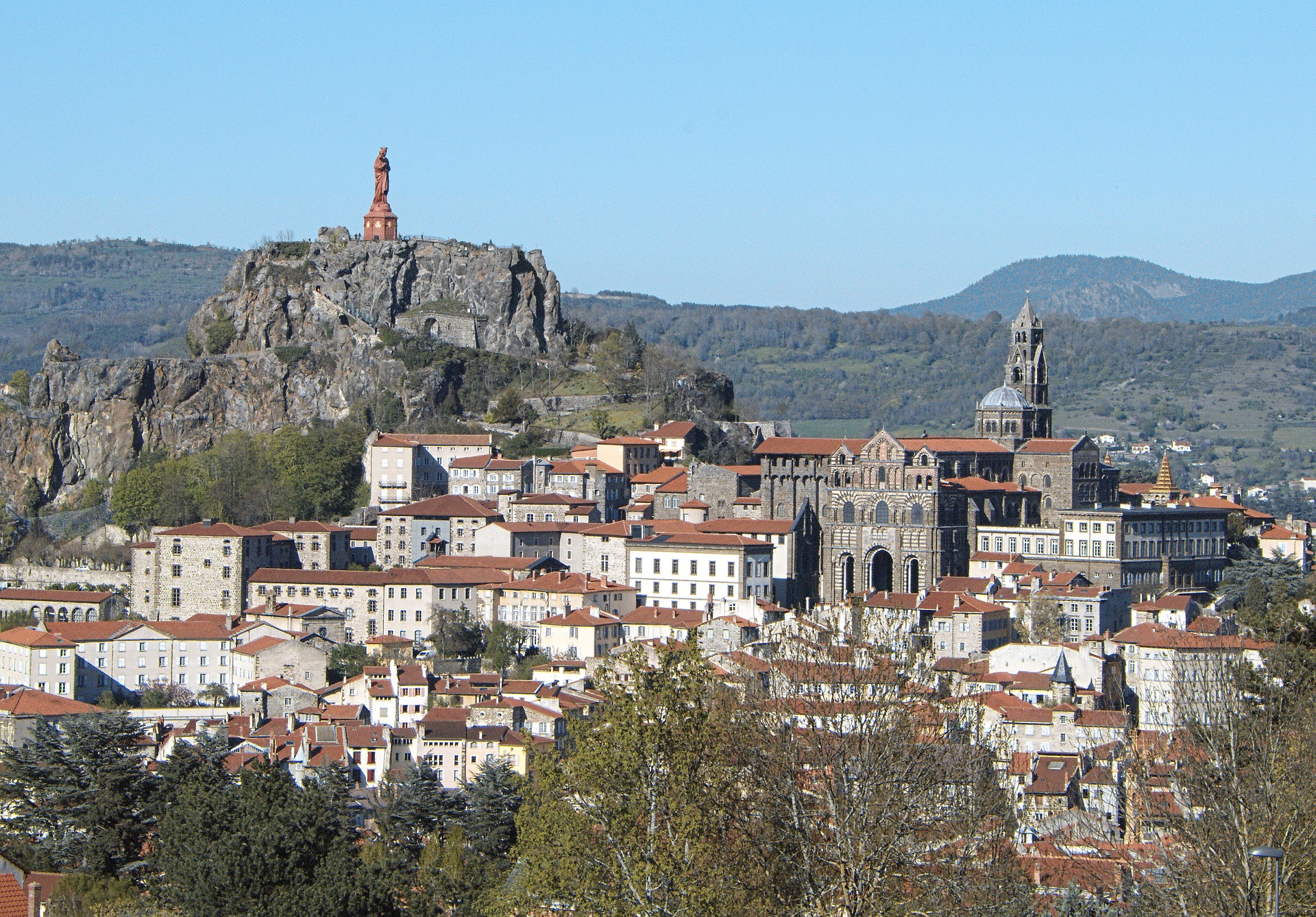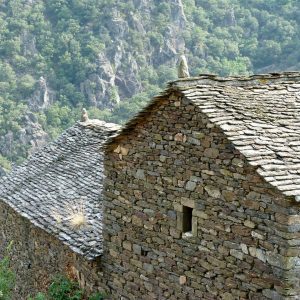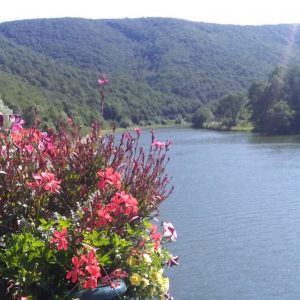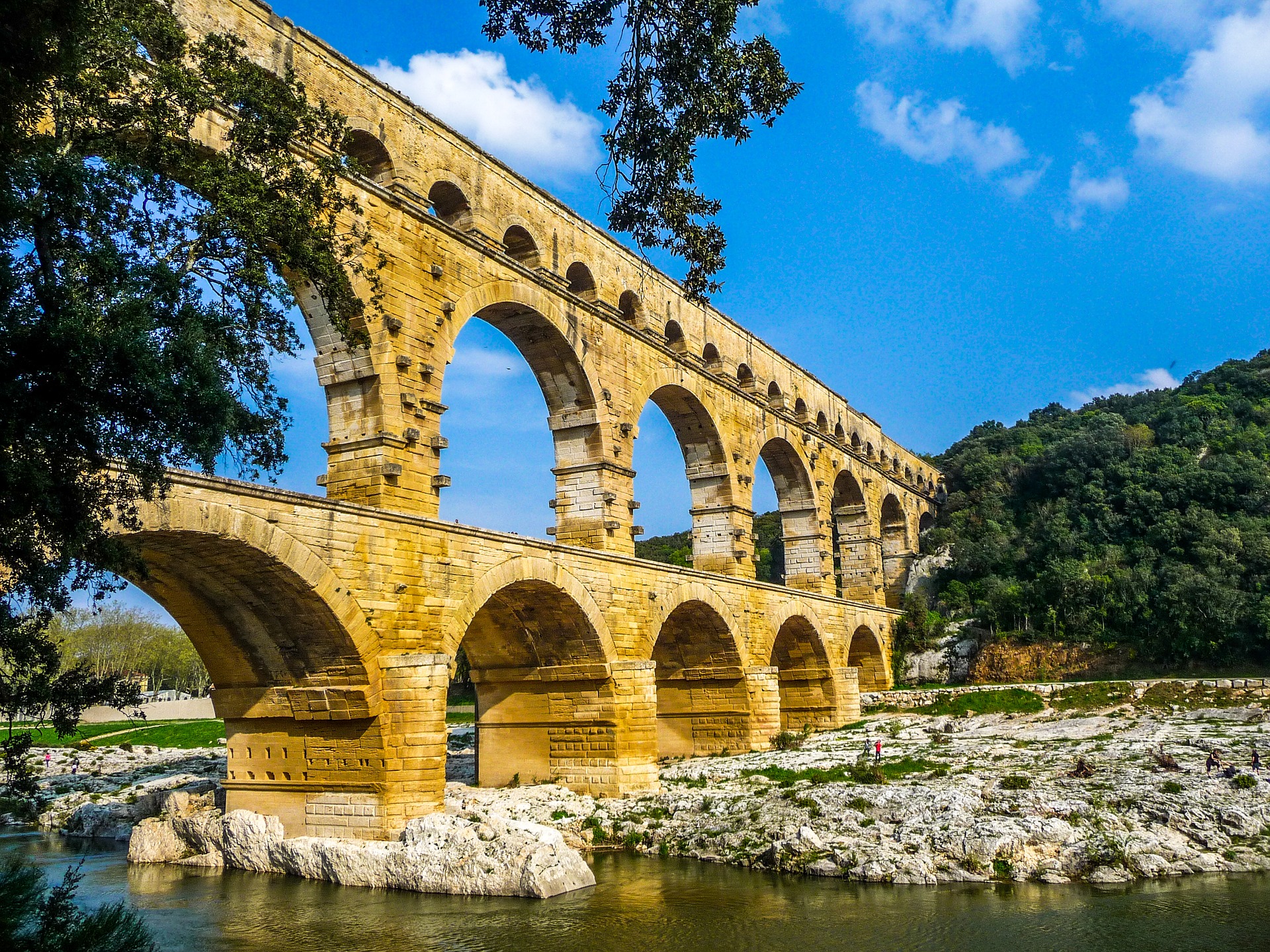
Hiking tour – The Régordane way also named St Gilles way
Stays in complete freedom without groups or guides, travel differently and with a light mind!
The Chemin de Régordane is the southern part of the old French route linking Ile de France to the Mediterranean, from Puy en Velay to Saint Gilles du Gard, ancient Roman port on the Petit Rhône river, a famous pilgrimage centre in the early Middle Ages. This natural migratory and transhumance path passes through the Auvergne, the Gévaudan and the Cévennes to reach the Camargue, crossing the Mont Lozère mountain range with ease through the famous Rochefort fault. This path became increasingly popular, being followed by many Christians heading to the tomb of Saint Gilles then to Rome and by the first crusaders embarking for Jerusalem. The churches, abbeys, monasteries and hospitals that punctuate the route welcomed these pilgrims. Commerce flourished, villages sprang up around abbeys and monasteries, the path was improved, with the difficult parts being paved. Bridges were constructed and as the traffic kept increasing, attracting bandits and thieves, fortresses were built…and tolls installed! Centuries passed, other saints and places were honoured, France annexed the Rhône valley at the beginning of the 14th century and the Chemin de Régordane became more and more forgotten. A few centuries later, the Wars of Religion and the birth of a rural economy gave new life to this trail, whose activity ceased completely in the 19th century with the arrival of first the railway, then the road. Today, the railway’s route partly covers the ancestral path, but on parallel paths or in the footsteps of our ancestors, you will cross these immense plateaux and climb up the valleys
Choose your package:

Réserver votre séjour
Select the services you want and click on add to cart. From there, please complete the registration form so that we can organize your trip
Group rate (5 and more) and CE,thanks to contact us
ContactLe circuit
Download the circuit sheetUseful information
Sentiers de France concocts for you a turnkey stay. Your only concern will be to enjoy and hike.
Service
- 11 nights’ accommodation in 2-star hotels or charming B&B
- 11 breakfasts – 9 dinners
- Hotel to hotel luggage transfer along the trail & taxi transfers
- A set of maps (1/25 000 scale) with the route marked on and detailed route notes describing the trail
- A daily itinerary together with information about facilities and places of interest along the trail
- Emergency assistance
- Visa fees – transportation fees to and from the walk area – Insurance (strongly recommended on all trips) – Transfers except those mentioned above – Drinks – Entrance fees – Additional meals – Spending of personal nature e.g. laundry, souvenirs, phone calls, are not included
Restoration
- Catering service is offered for this hike
Level 3/4
- Grade 3 – walks of between 5 and 8 hours a day with ascents up to 700 m
- Some hiking experience is advisable
- A reasonable level of fitness and some stamina are required for these walks
- You may cover long distances in remote countryside and the terrain will be rough underfoot
- In mountainous areas you will encounter some sustained ascents and descents
Hosting
- Lodging is proposed on this hike
Access
- By train: Le Puy is well served from the main French rail stations with connections at Lyon, Clermont-Ferrand or St Etienne
- By car: Go to Clermont Ferrand along A71 motorway. Get off exit 20 and to Le Puy along N102 road via Brioude
- Where to park : pay guarded underground car park. Special rate for one week or more
Best period
- From End of April to middle of October
solitaireRate / Person
You will also like
according to your tastes and desires
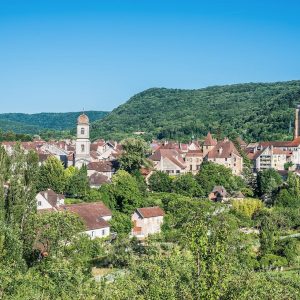
Hiking tour – Reculees in Jura mountains
Walking tour in Burgundy in the Jura between Arbois and Lons le Saulnier
8 Days
Level
3/4
Campagne
910€
Lorem ipsum dolor sit amet, consetetur sadipscing elitr, seddiam nonumy eirmod labore et dolore magna ali.
view more


